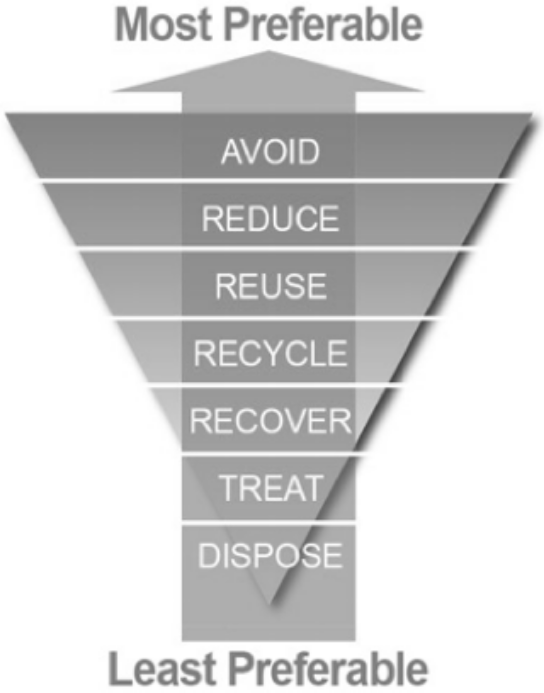

Waste Management

We are always committed to eliminating all adverse effects of oil and gas drilling sites from the environment by applying the most cost-effective waste management techniques available.
Matrix as a drilling fluids and waste management company has been entitled to several waste management operations in Canada and Iraq. The majority aspects of waste management operations that have been done by Matrix are categorized below:
. Oil treatment and disposal
. Wastewater treatment and disposal
. Cutting treatment and disposal and site restoration
Our Waste Management philosophy and planning…

MATRIX Drilling Fluids uses a holistic based engineering approach to providing drilling fluid and waste management services. Close cooperation in planning and execution with our clients is also considered a critical part of the overall Waste Management Process.
MATRIX utilizes tried and trusted project management and environmental management techniques to combine fluids, engineering, solids control, and drilling waste management services; aimed to provide a continuous value-adding service that delivers improved environmental performance.
By adopting the waste management hierarchy principle with our customers, MATRIX is able to prioritize and optimize drilling operations to meet environmental and legislative requirements
. Source Reduction is given the highest priority in the waste management hierarchy and should be addressed early in the project planning phase. Waste reduction avoids the unnecessary use of resources such as excess materials, energy, and water resulting in less waste to be managed.
. Recycling involves reclaiming useful constituents of a waste material, or removing contaminants from a waste so that it can be reused. Recycling and reusing help to reduce the amount of material that requires final treatment or disposal.
. Recovery is the extraction of the material or energy content of a waste stream.
. Treatment options should be investigated for any waste that is unavoidably generated and that cannot be recycled or responsibly disposed of in its current form.
. Waste Disposal is generally the discharge, deposition, injection, dumping, spilling, leaking, or placing of any waste into or on land, water, or air. In the waste management hierarchy, disposal is the least preferred waste management option. Disposal also involves the greatest potential risks and liabilities.

In General…
Careful planning and preparation using the process and techniques described herein will ensure that services are delivered and operations executed to a high internationally recognized standard. The approach is also designed to encourage teamwork and a continuous improvement working philosophy. Matrix’s main aim for providing waste management services is to preserve nature.
Preserve Today,
Thrive Tomorrow
by Saving Nature as It Is!


Wastewater treatment and disposal

Wastewater treatment and disposal is part of the waste management job to remove the watery part of the waste pit prior to proceeding for cutting treatment. Matrix performing wastewater treatment and disposal operation by applying the below technique:
. Dewatering and boiling the water
. Evaporate it through a lank shark evaporator
. Dewatering and disposing of it to designated allowable pits
. Dewatering and reusing the water for other aims

Cutting treatment and disposal and site restoration

After removing water from the waste pit cuttings must be treated to have proper properties and meet safety regulation parameters to be safe for the environment. Cutting treatment called solid stabilization, is performed by Matrix. We have profound experience in such operations and obtained a high level of customer satisfaction.
After treating the cuttings below operations can be done as different options:
. Landfill disposal: Treated cuttings that meet environmental standards and regulatory requirements may be transported to specially designated and regulated landfills. These landfills are designed to handle and contain the waste safely.
. Reuse and Recycling: In some cases, treated drilling cuttings can be suitable for reuse or recycling. They may be used as construction material, fill material, or for land reclamation purposes, provided they meet certain criteria.
. On-Site Storage: In some cases, treated cuttings may be temporarily stored on-site until suitable disposal options become available or until they can be transported to a designated disposal facility.
After cutting treatment was done, below options are in place for site restoration:
. Backfill with treated cuttings and compact it
. Dispose of cuttings in a way that is mentioned above
. Backfill the pit with fresh soil


